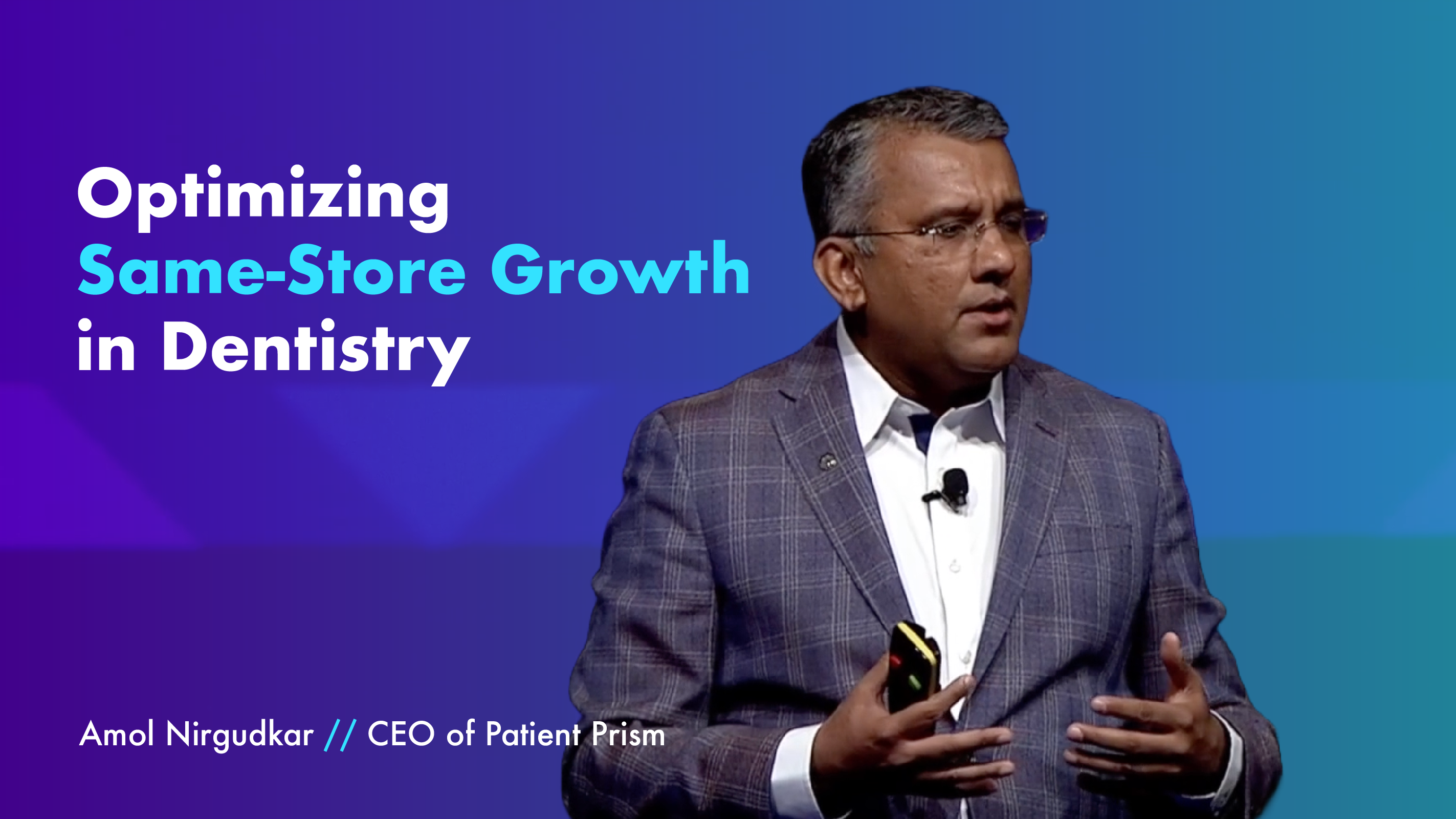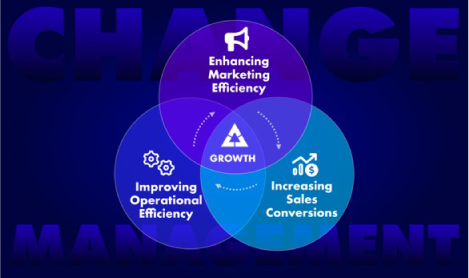We took comprehensive look at the weight loss services industry in the United States, focusing on several key aspects:
- General Information: This includes the industry’s definition, the types of services offered, and the overall scope of the industry. Weight loss services are defined as non-medical services aimed at helping clients lose or maintain weight through counseling, menu and exercise planning, and monitoring. The industry also involves the sale of food supplements and other weight-reduction products.
- Key Statistics: Important data such as the industry’s revenue, number of employees, and number of businesses. For example, the report mentions that the industry revenue is projected to be $3.8 billion with a decline in growth rate over the next few years. Employee numbers and the number of businesses are also detailed, showing trends over recent years.
- Major Players: Identification of the major companies operating within the industry, such as Medifast, Inc., WW International, Inc. (formerly Weight Watchers), and Nutri System Inc. The report provides insights into their market share and financial performance.
- Economic Impact and Trends: Analysis of economic factors that influence the industry’s performance, including disposable income levels, health trends like obesity rates, and broader economic conditions. The impact of the COVID-19 pandemic is also discussed, highlighting how it has driven changes in consumer behavior and service delivery methods.
Conversational AI Support: Conversational AI can enhance understanding and access to this industry overview in several ways:
- Personalized Insights and Summarization:
- AI can quickly provide personalized summaries of key industry statistics and trends based on user queries. For example, a user might ask, “What is the current market size of the weight loss services industry?” and receive a precise, up-to-date answer without needing to sift through the entire report.
- Detailed Company Profiles:
- For users interested in specific companies, conversational AI can deliver detailed profiles including market share, financial performance, and strategic initiatives. A question like, “Tell me more about Medifast’s market position” could result in a detailed response about the company’s revenue, profit margins, and recent business moves.
- Economic and Trend Analysis:
- AI can provide deeper analysis on economic impacts and industry trends. Users could inquire about the effects of COVID-19 on the industry, and AI could elaborate on shifts towards digital services and remote consultations.
- Interactive Q&A:
- AI can facilitate interactive Q&A sessions where users ask multiple follow-up questions. For instance, after learning about the decline in industry growth, a user might ask, “What are the reasons behind the decline in the growth rate?” and receive a comprehensive explanation involving competition, consumer preferences, and technological advancements.
- Data-Driven Forecasting:
- AI can use historical data and current trends to forecast future industry conditions. This can be particularly useful for stakeholders looking to make informed decisions. For example, a user might ask, “What is the projected revenue growth for the next five years?” and get a data-driven forecast.
- Trend Monitoring and Alerts:
- AI can continuously monitor industry developments and send alerts about significant changes or emerging trends. For instance, if there is a sudden increase in demand for digital weight loss services, users can be notified promptly.
By leveraging conversational AI, stakeholders such as business professionals, investors, and healthcare providers can gain quick, easy access to crucial industry information, enabling them to make better-informed decisions without the need to delve into extensive reports.







